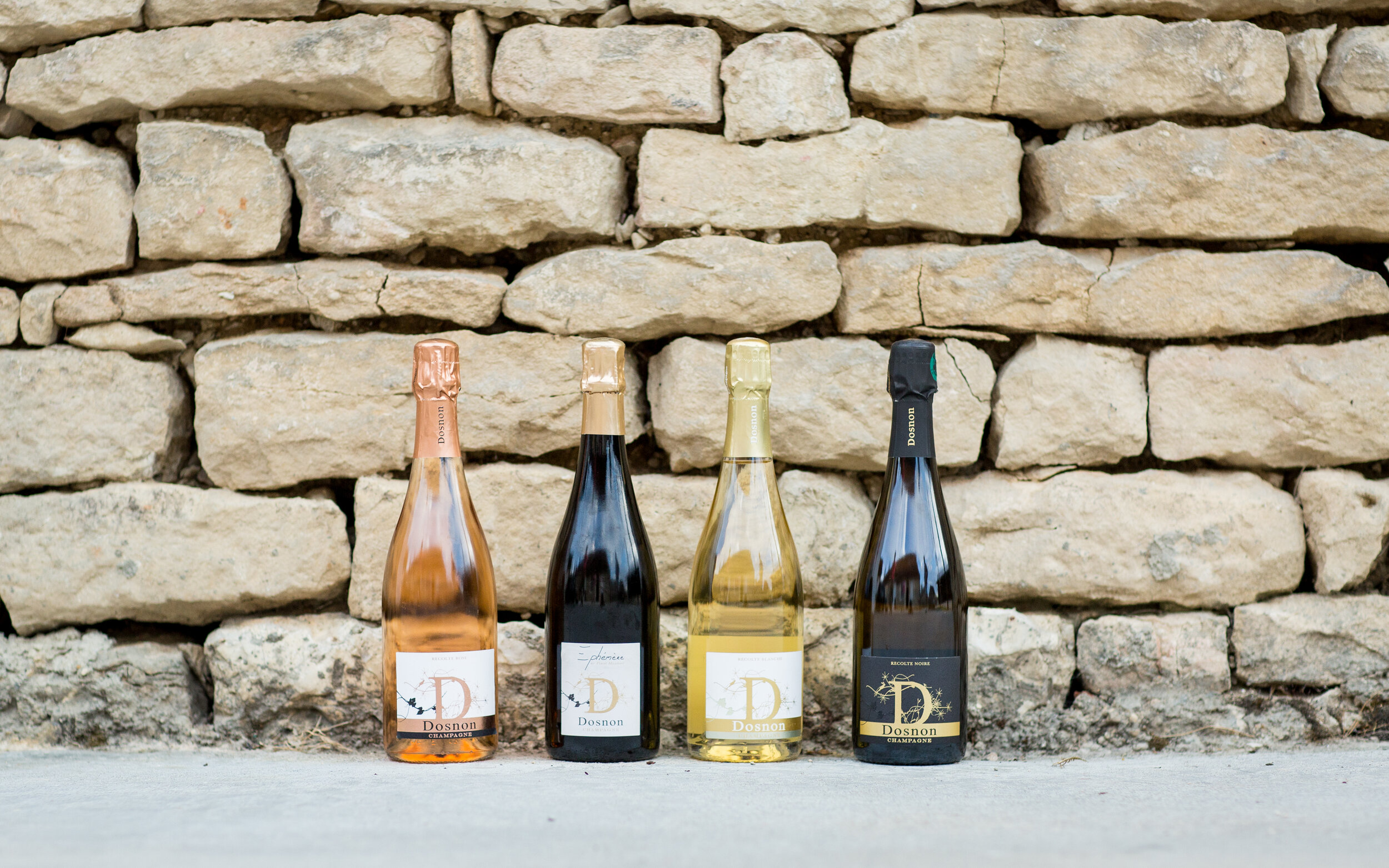
Champagne Dosnon
Champagne Dosnon, Côte des Bars
One of the most exciting wine regions in France, Champagne lies just to the east of Paris. As with all of the parts of France where vines can be found, wine has been produced here for millennia. The two major cities of the region, Reims and Troyes were founded by the Romans in the 1st century AD, and where the Romans went, they brought viticulture. Champagne became a center for wine production and developed a reputation that would outlast the Roman occupation of Gaul. Despite being repeatedly devastated by war – unlucky is the region that stands between Paris and border with Germany – Champagne has always rebuilt, replanted and thrived.
Today, the vast majority of Champagne is bottled by large negociants who purchase grapes or wines from many smaller growers. These negociants may or may not have a say in how the grapes are grown, or how the wines are made, and their ideal end-product is one that tastes the same year after year without accommodations made for terroir or vintage character. Grower champagne is typically from a narrower definition of terroir and often varies from year to year, showing the “flavor” of a unique place in Champagne. Roughly 2% of the Champagne exported to the United States comes from growers who grow their own fruit and make their own wines.
A model for the future of small, artisinal Champagne houses, Dosnon is the brainchild of Davy Dosnon who grew up in this beautiful region of rolling hills, wheat fields, and champagne vines. Davy studied viticulture and worked in top Burgundy wine houses before moving back to the village of Lingey in the Côte des Bars region of Champagne for the peace and quiet, and to begin to reassemble his family’s vineyards.
The Côte des Bar is located in the southernmost area of Champagne in the Pays d’Aube. Politically and geologically this sub-zone is as far as you can get from Reims and Épernay. When the original borders of Champagne were drawn, there was lively debate on whether or not the Aube should be included. Here the terroir is starkly different from northern Champagne and its famed chalky soils. In the Aube, the terroir resembles that of Chablis – clay over Kimmeridgian and Portlandian limestone. These soils produce wines of great delineation, power and purity.
Davy farms 7.5 hectares of vines around the villages of Avirey and Lingey just half an hour north of Chablis. He owns just 2 hectares himself and he rents the rest. The patchwork nature of the vineyards – intermixed with forest and fields of grain – show the centuries-long work of identifying the rockiest and most suitable places to grow vines. Davy is descended from these pioneers, and he preserves many of their tools and records at his cellar.
The wines of Dosnon are masterfully mineral, vinous bottlings of Chardonnay and Pinot Noir. Fermenting entirely in former Puligny-Montrachet barrels, the champagnes might as well be Chablis with bubbles for all their mineral-packed goodness. Dosages are very low (if at all) and the wines benefit from the restraint. None of these wines is fined or filtered.
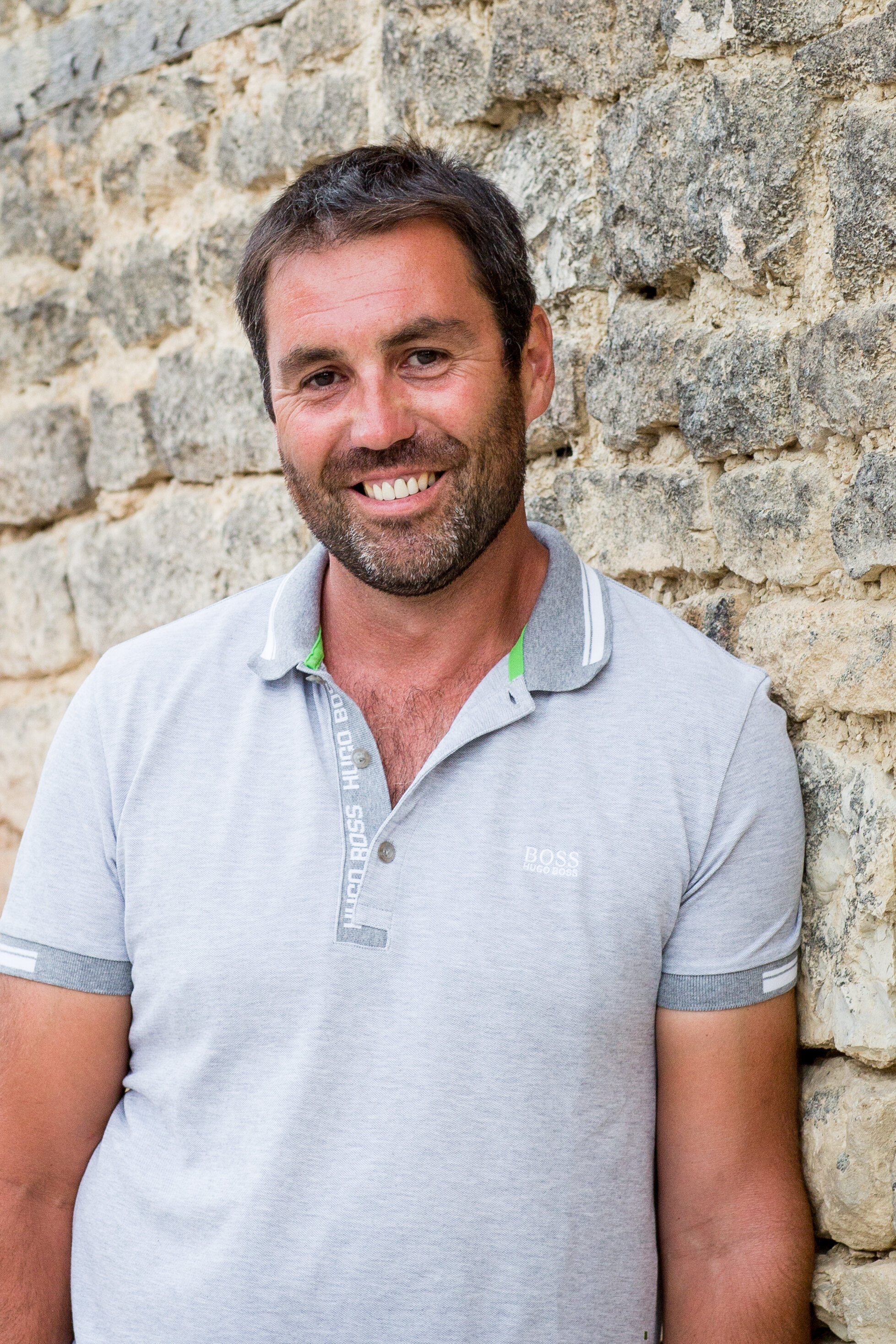
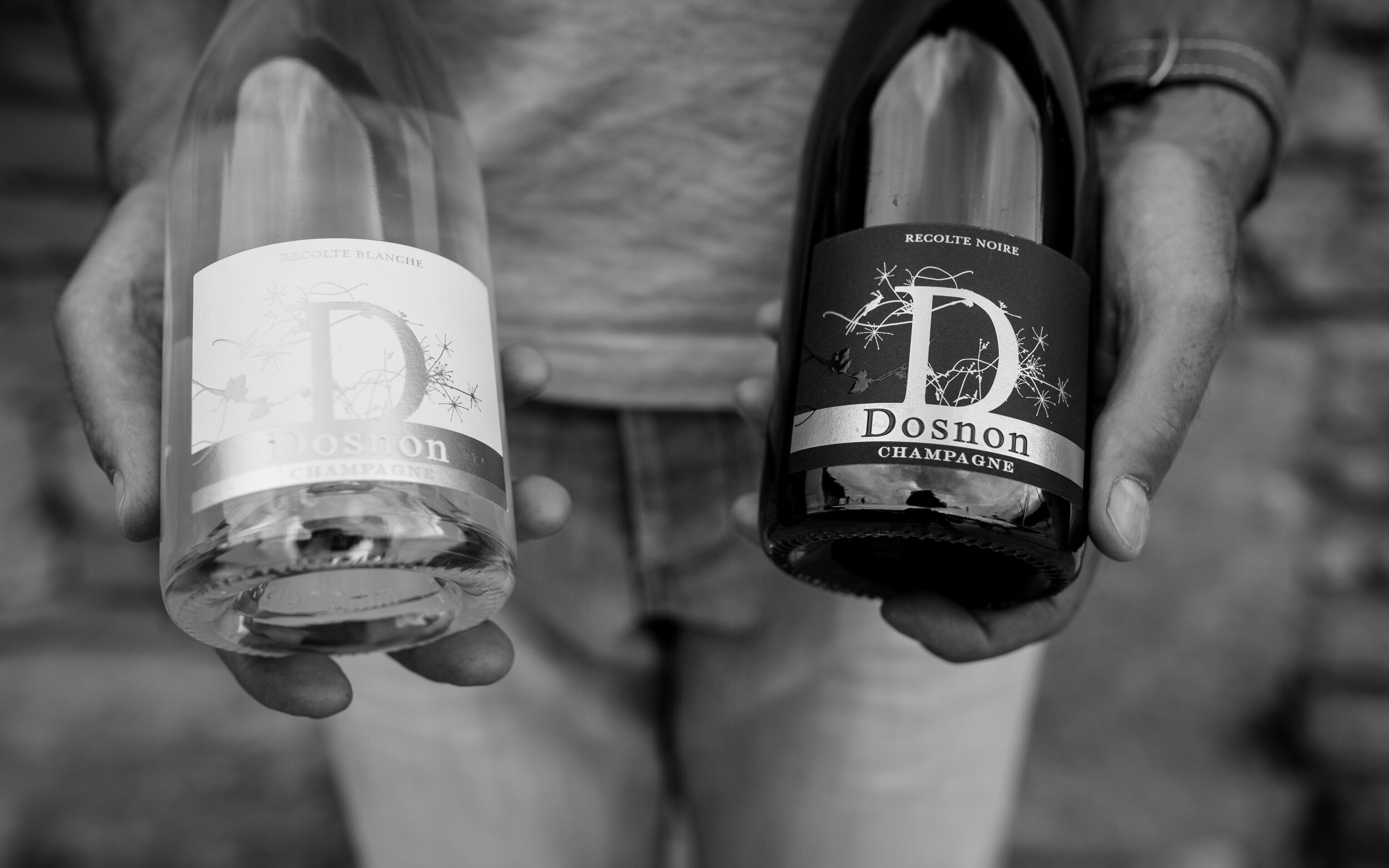
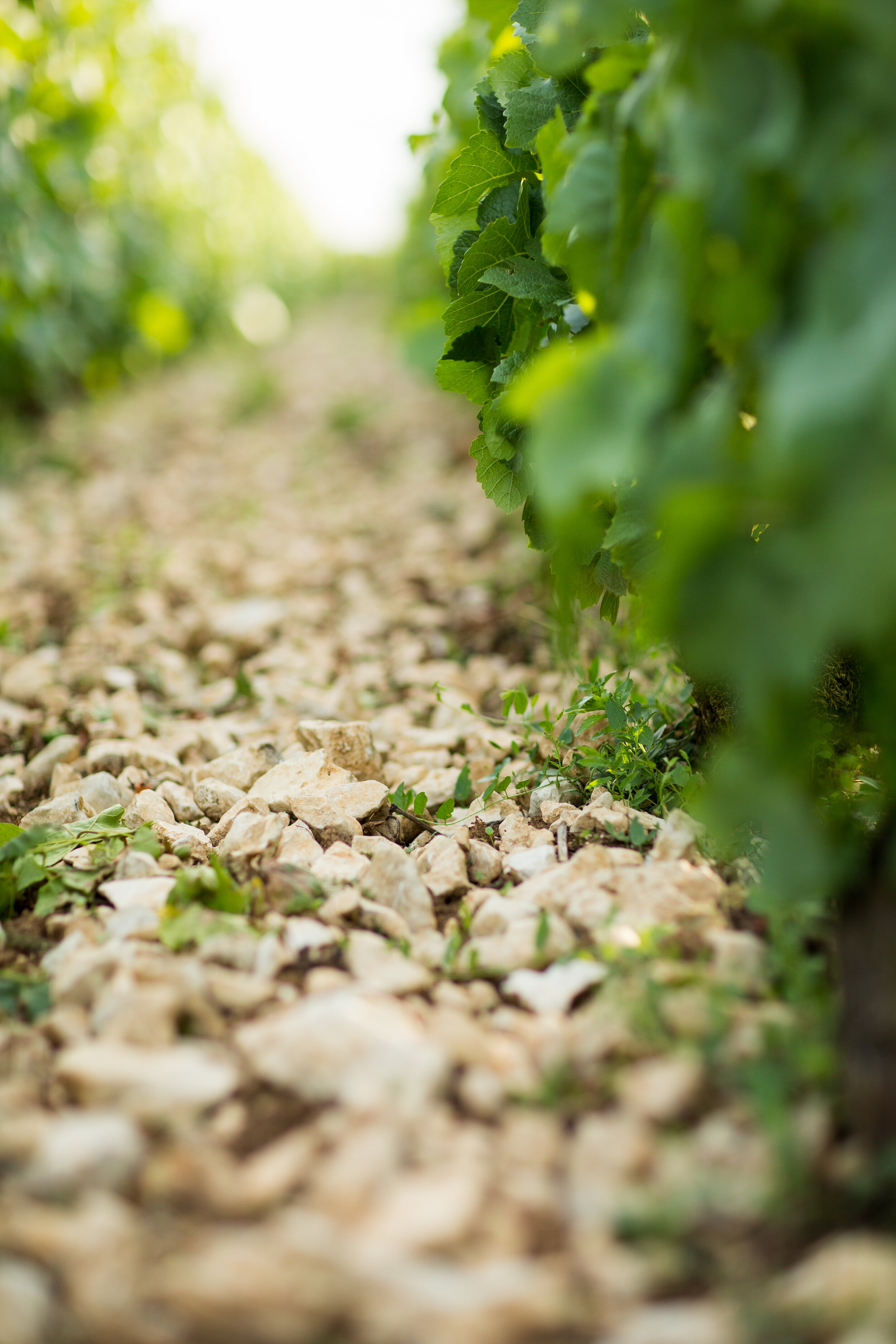

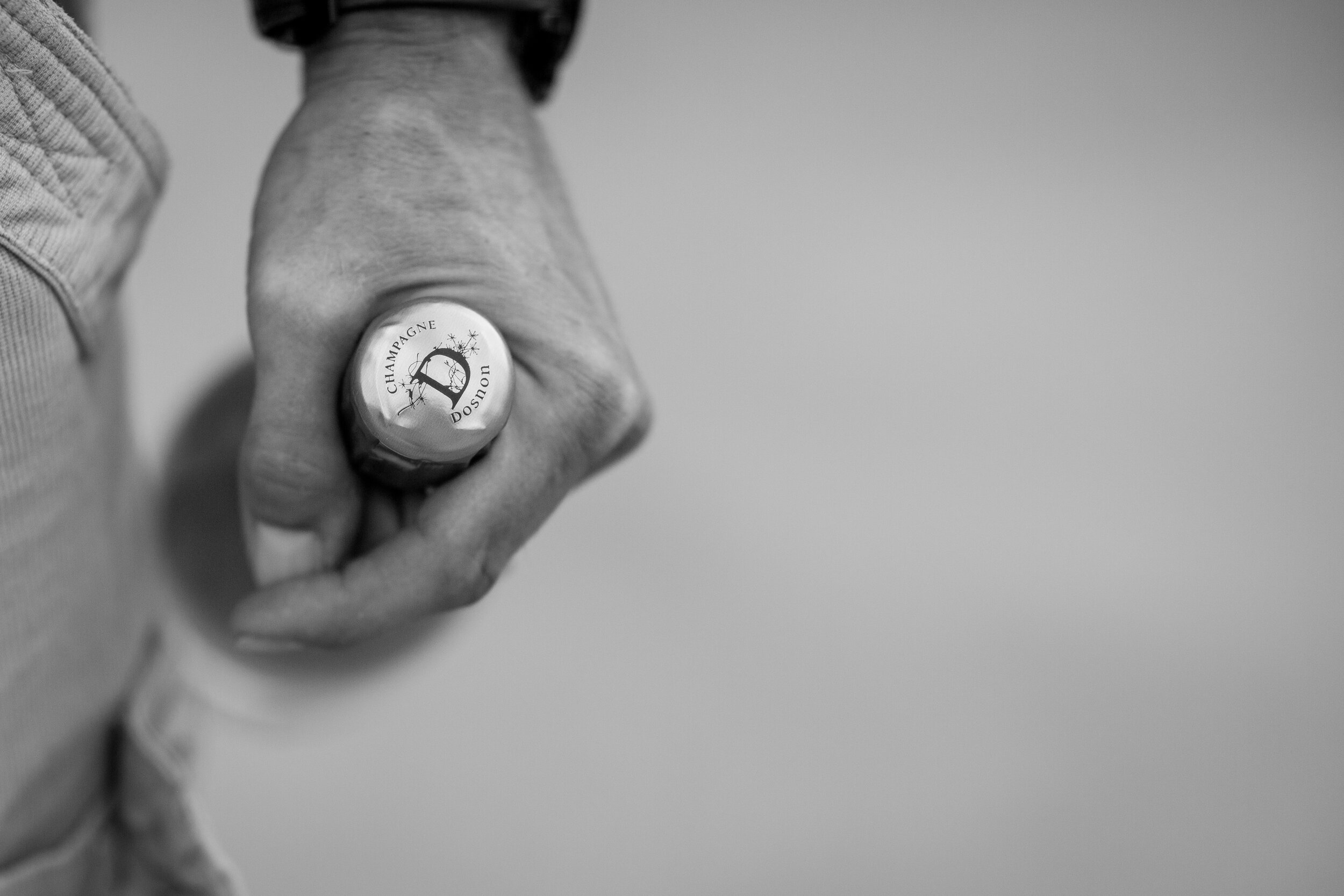
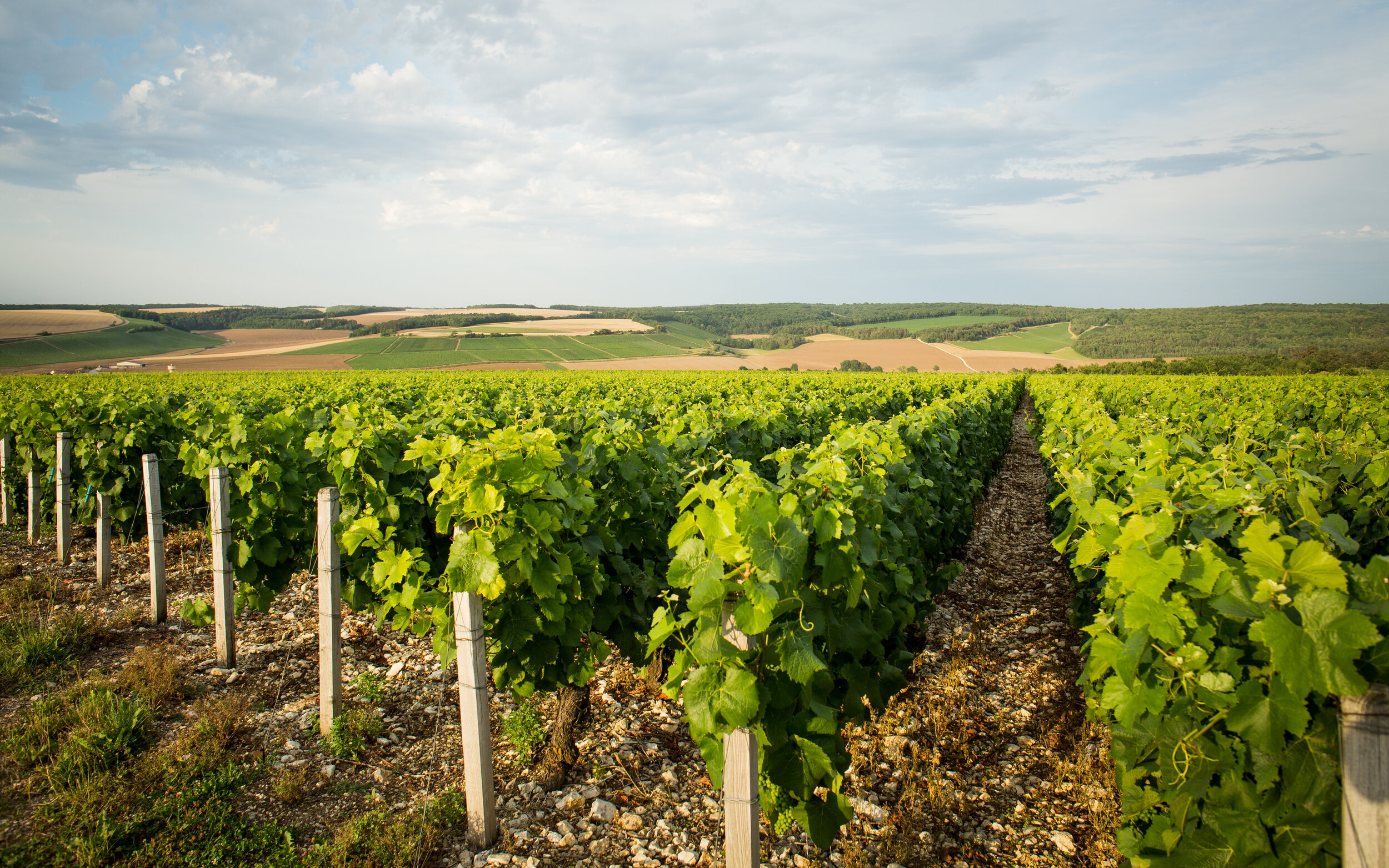
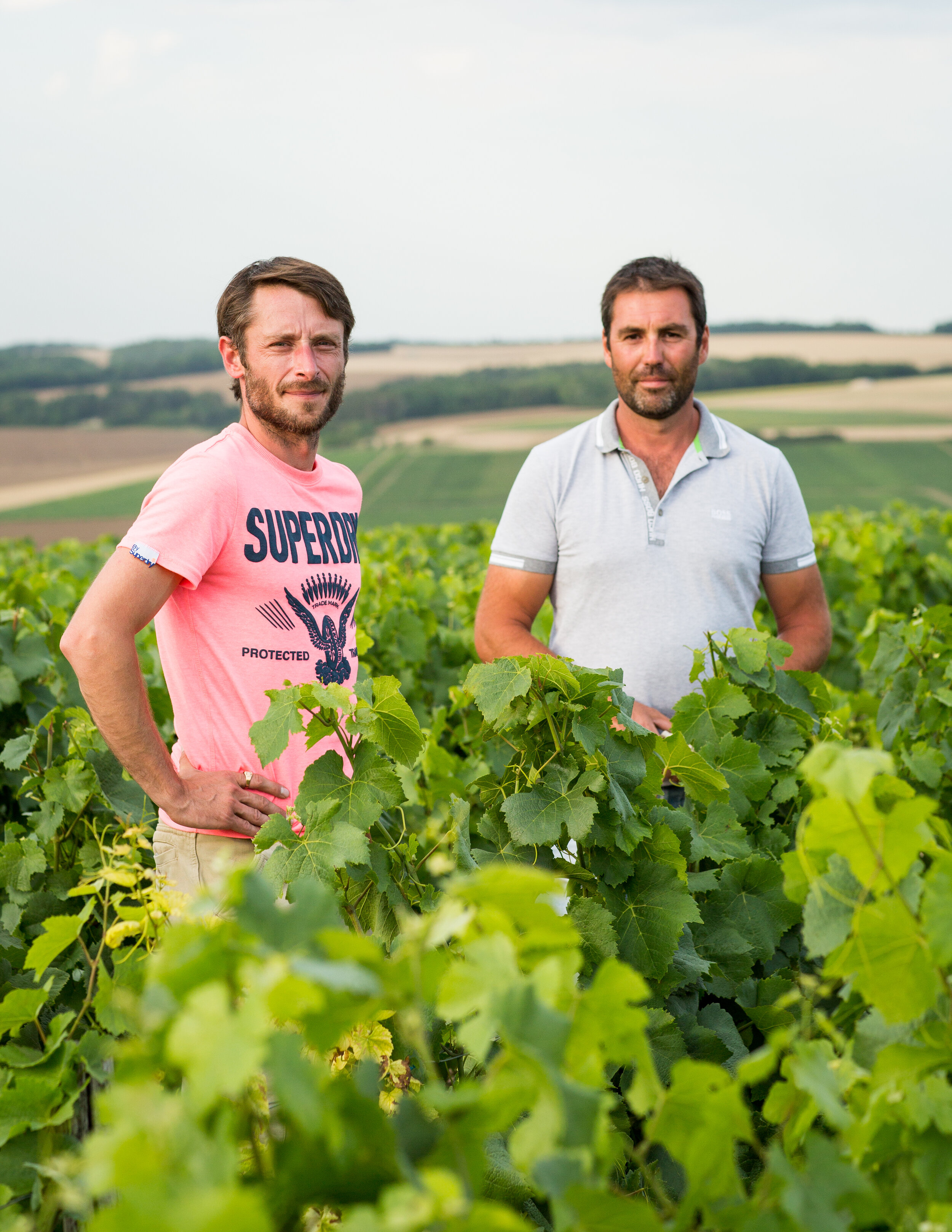
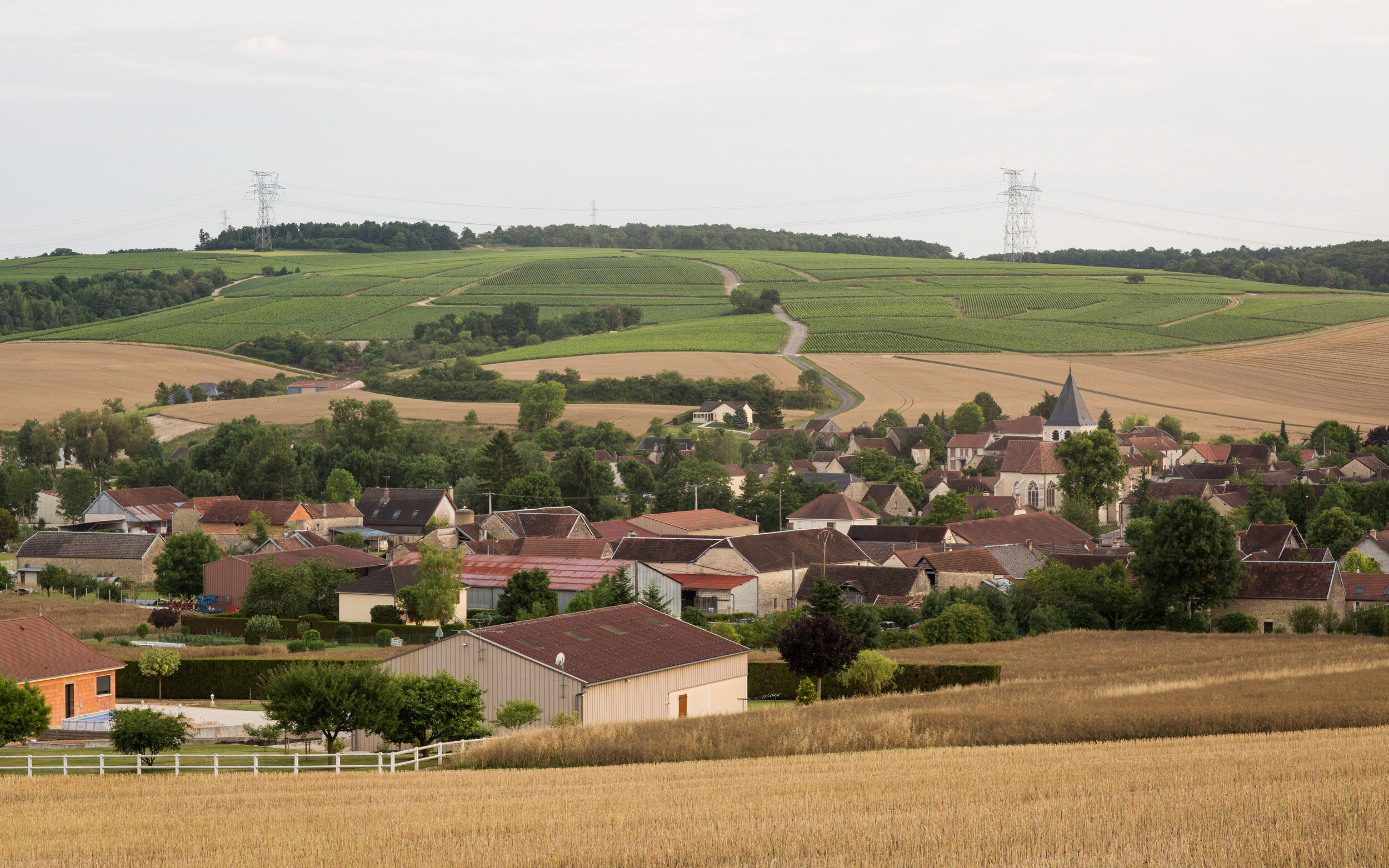
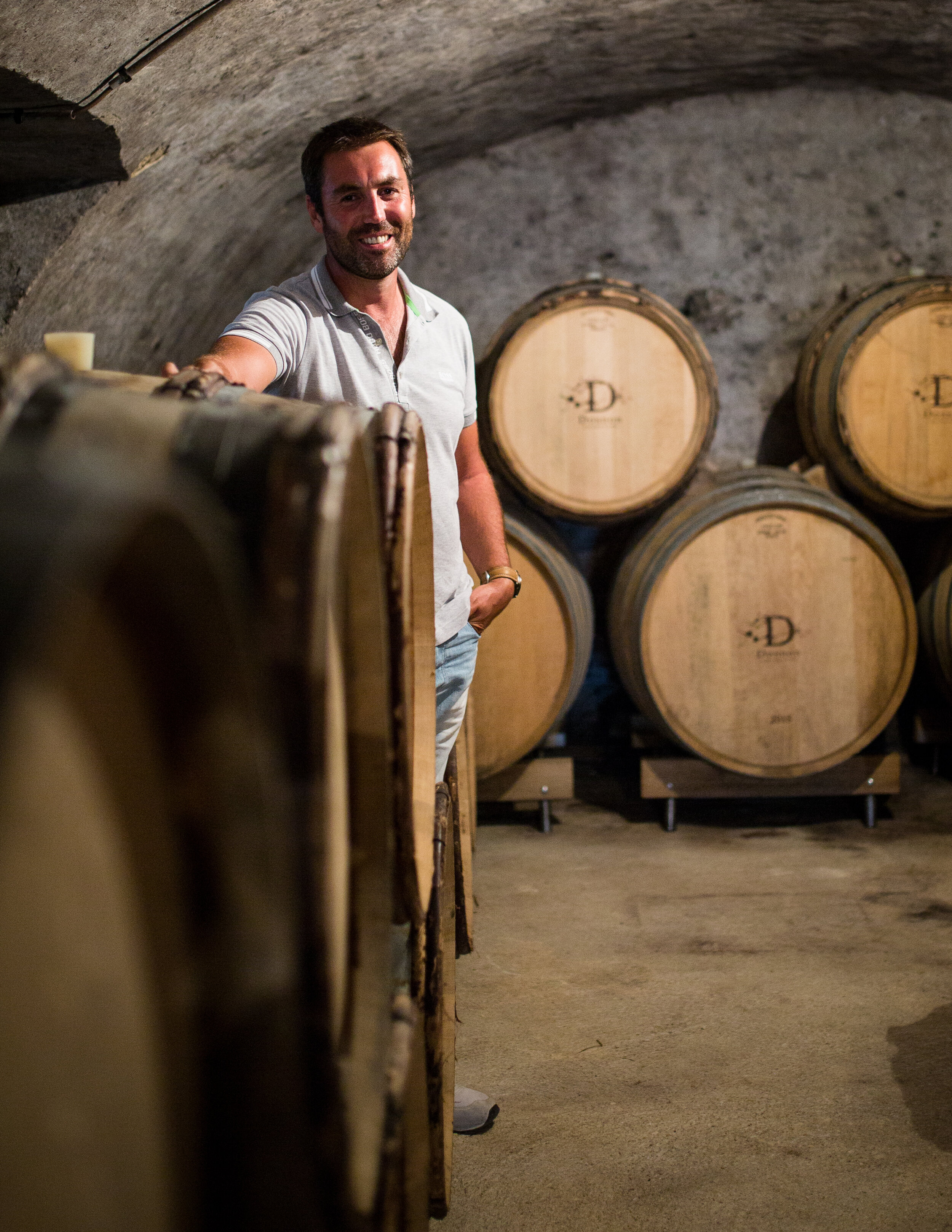



Champagne Dosnon
Champagne Dosnon does not operate a tasting room and receives visitors by appointment only.
